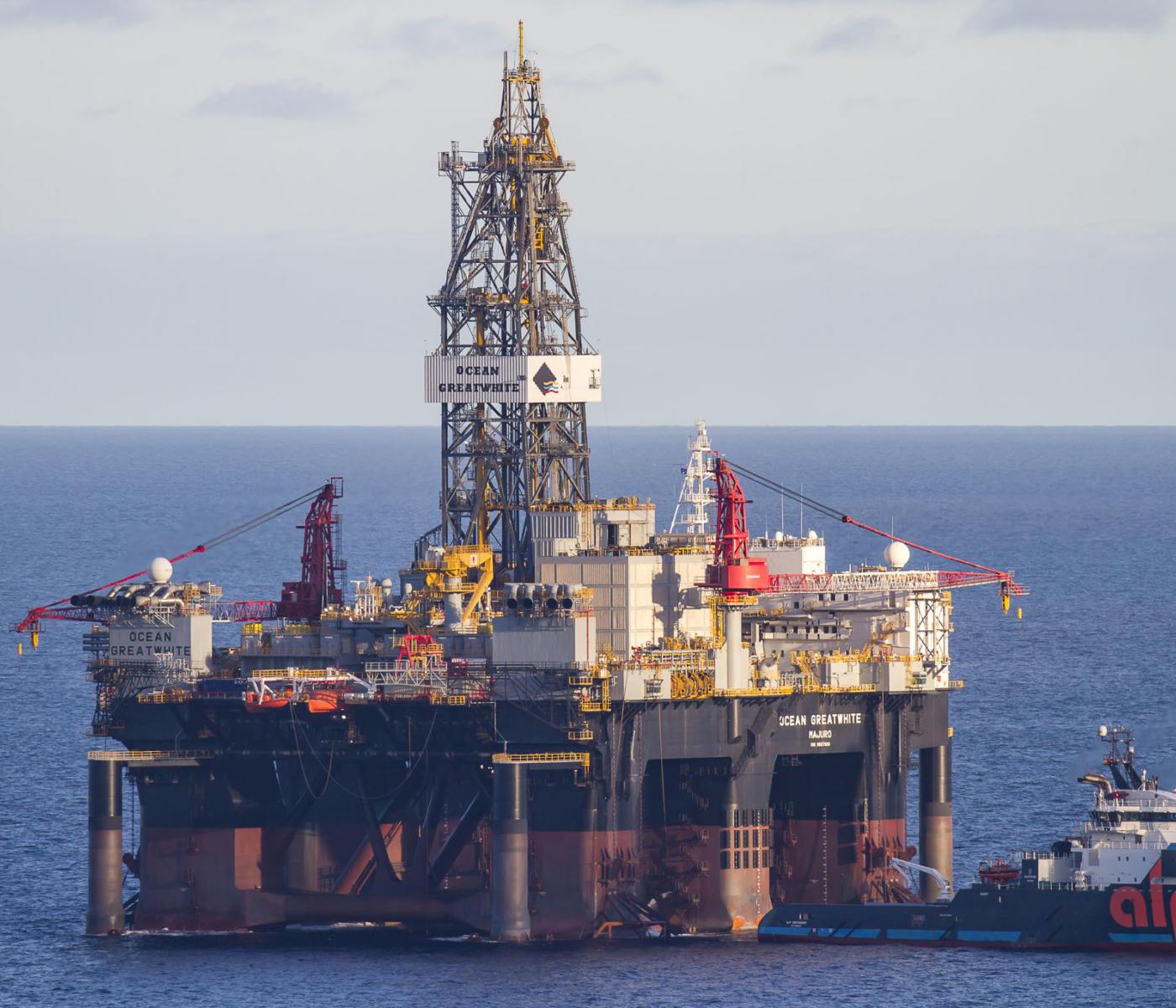Offshore Drilling Rigs: The Giant Structures That Help fuel Our Economy

The offshore oil and gas industry utilizes massive steel structures known as offshore drilling rigs to tap into the oil and natural gas reserves located miles offshore in deep ocean waters. These man-made constructions truly are immense feats of engineering that help meet the world's growing energy demands.
Types of Offshore Drilling Rigs
There are different types of offshore drilling rigs depending on their intended function and ocean environment.
- Floating Rigs: Also called floating drilling platforms, these types of rigs are used in deep waters over 400 feet deep where fixed structures are not practical. They can cruise into position under their own power and drill on location before moving to a new drilling site. Common types include drillships, semisubmersibles and jack-up rigs.
- Bottom-Supported Rigs: Used in shallow waters less than 400 feet deep, these platforms are secured to the seafloor during drilling operations. The main types are steel jackets, compliant towers, and concrete gravity-based structures (GBS).
- Compliant Towers: A newer floating rig design that uses steel tendons instead of a rigid structure to provide stability and absorb wave forces. They are deployed in intermediate water depths from 400-1300 feet.
Rig Design and Engineering Challenges
Offshore rigs must overcome immense engineering challenges associated with the harsh marine environment and deep water conditions. Their design involves cutting-edge naval architecture as well as offshore and marine engineering.
Key design considerations include:
- Self-propulsion and dynamic positioning capabilities for floating rigs
- Sturdy steel hull structures and columns able to withstand waves, winds and currents
- Mooring and anchoring systems to keep floating rigs securely on location
- Accommodation blocks and drilling decks with advanced weathervaning capabilities
- Safety and survival systems for extreme offshore conditions
- Advancements in new drillship design and thruster technology
The engineering efforts represent a multi-billion dollar global industry. Today’s state-of-the-art rigs are some of the most complex and technologically advanced structures ever built for industrial use at sea.
Drilling Operations and Process Onboard Offshore Rigs
Once on location, an offshore drilling rig provides the crucial platform from which the oil and gas exploration and production process is carried out. Some of the key activities involved include:
- Running and cementing surface and intermediate casings for well containment
- Installing conductors to guide the drill bit and casing strings
- Drilling the top wells sections using the drill floor and rotating table
- Installing blowout preventers (BOPs) and wellhead systems
- Lowering drill pipe, collars and drill bits to drill planned well sections
- Monitoring downhole conditions with mud logging equipment
- Running wireline logs to evaluate potential pay zones
- Installing production casing and completing the well
- Testing and evaluating well flows prior to development
Offshore operations require extensive logistical planning and technical expertise. Specialist crews carry out round-the-clock drilling, engineering and well control operations from the rig.
Importance of Offshore Oil and Gas Production
Offshore oil and gas reserves play a critical role in meeting global energy demand according to analysts at the International Energy Agency (IEA):
- Offshore fields account for around 30% of worldwide oil and gas production. Several billion barrels have already been extracted from offshore provinces worldwide.
- Approximately 14 million barrels of oil equivalent per day comes from offshore fields, of which 11 million barrels are crude oil.
- New frontier areas like deepwater Gulf of Mexico contain vast untapped reserves that can help diversify global energy supplies.
- Countries across Europe, Asia, Africa and the Americas all rely on offshore production as a strategic resource.
With onshore reserves declining in many regions, the business case for continued offshore exploration and investment grows stronger every year. Offshore energy will likely remain critical for decades to come barring a major shift to renewable power worldwide.
Safety Considerations and Regulations
Given the inherent risks of operating offshore, safety is the utmost priority for rig crews and owners. Comprehensive regulatory standards have been developed to help prevent incidents:
- International Association of Drilling Contractors (IADC) safety case guidelines
- International Maritime Organization (IMO)’s MODU Code for rig safety certification
- American Bureau of Shipping (ABS) offshore installation standards
- Regular inspections and crew safety trainings are mandatory
- Emergency blowout preventers, firefighting equipment, and muster areas
- Dynamic positioning systems help maintain rig position in rough weather
- Survival craft like life rafts and lifeboats protect workers during evacuations
Despite all precautions, rare incidents still occur due to technical failures orhuman error underscoring the importance of safety compliance and continuousimprovement. However, with the right risk-mitigation strategies in place, offshore drilling remains safer than ever before.
In summary, offshore drilling rigs lie at the heart of the multi-billion dollar offshore energy industry serving global economies. While technologically complex, these massive steel leviathans allow oil companies to profitably tap into hydrocarbon reserves otherwise inaccessible. With adequate regulatory oversight upholding high safety standards, offshore development stands to continue meeting much of the world's expanding need for oil and gas well into the middle of this century. Efforts to safely optimize rig design and push the limits of deepwater drilling will moreover help secure affordable energy supplies for many decades to come.
Get more insights on this topic: https://www.newsanalyticspro.com/micro-packaging-market-industry-insightstrendsmicro-packaging-market-2/
- Art
- Causes
- Crafts
- Dance
- Drinks
- Film
- Fitness
- Food
- Игры
- Gardening
- Health
- Главная
- Literature
- Music
- Networking
- Другое
- Party
- Religion
- Shopping
- Sports
- Theater
- Wellness
- IT, Cloud, Software and Technology


